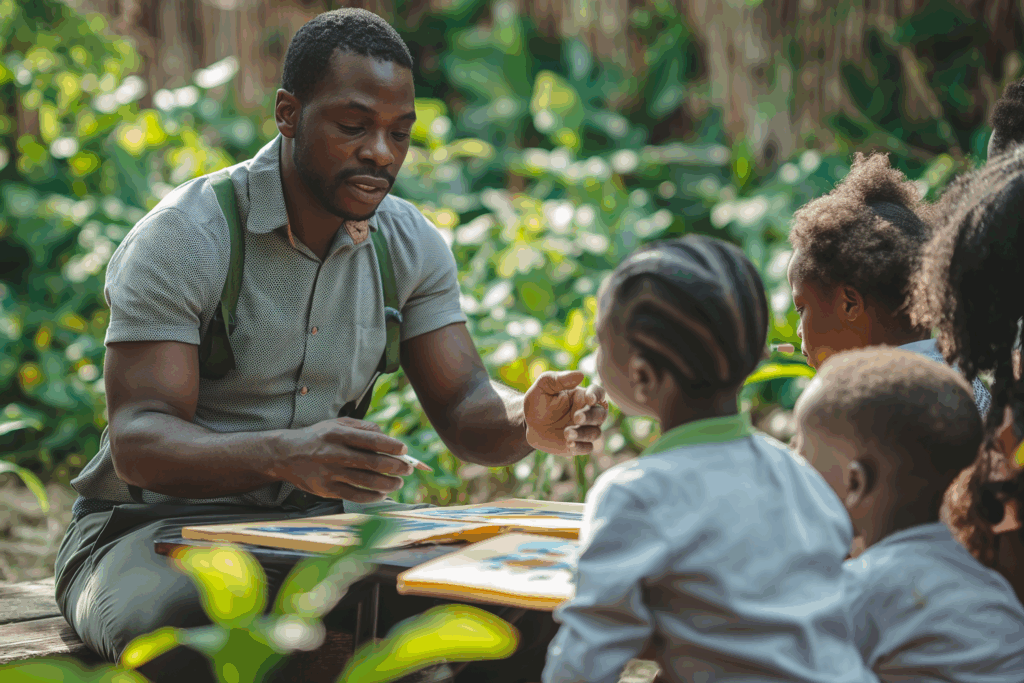Education has always been a fundamental human endeavor, rooted in curiosity and connection. Long before the advent of classrooms, syllabi, and standardized tests, people learned directly from the world around them. They observed natural phenomena, experimented with resources, and passed down knowledge through stories, songs, and lived experiences. However, over time, learning became confined within walls—both literal and symbolic—separating education from life itself. Today, there is a growing movement to reclaim the original spirit of learning by breaking down these barriers and integrating the world into the curriculum. This approach, often referred to as ‘education without walls,’ emphasizes nature, community, and lived experience as the true foundations of knowledge. It is not about dismantling schools but rather making them more permeable, allowing students to engage with the world directly. Imagine students testing water quality in local streams, designing solutions for community waste problems, or learning agriculture in actual gardens. These experiences intertwine science, social studies, language, art, and ethics in meaningful ways. When students connect with their environment and community, learning becomes relevant, relational, and rooted. This method fosters empathy, responsibility, and agency—qualities that traditional exams cannot measure but are essential for shaping engaged citizens. In regions like the Caribbean, where natural laboratories abound, this approach is particularly vital. It represents not just a teaching method but a cultural reclamation, affirming the value of local knowledge and history. Implementing such a shift requires courage from teachers, ministries, and parents alike. It demands a move from content delivery to experience design, trust in educators to create localized curricula, and an acceptance of the messiness of real-world learning. The skills needed for the future—collaboration, adaptability, innovation, and ethical decision-making—are best cultivated through hands-on experiences. Moreover, this model reconnects students with nature, fostering humility and environmental stewardship. Schools worldwide, from forest schools in Europe to place-based education models in Africa, have demonstrated the benefits of this approach. The Caribbean can develop its own version, rooted in its unique context and relationship with land and sea. Simple steps, such as connecting classes to community projects or partnering with local artisans, can make a significant impact. Assessment methods also evolve, with portfolios, reflection journals, and community presentations replacing traditional exams. At its core, education without walls is an act of trust—in students’ curiosity, teachers’ guidance, and the world’s capacity to teach. It is a call to prepare young people not just to pass exams but to navigate, heal, and innovate within the world they inhabit. If transformation is the goal, we must unbolt the doors, step outside, and learn anew from the soil, the sea, and the stories that shape us. The world is ready to teach, and we must be brave enough to listen.
